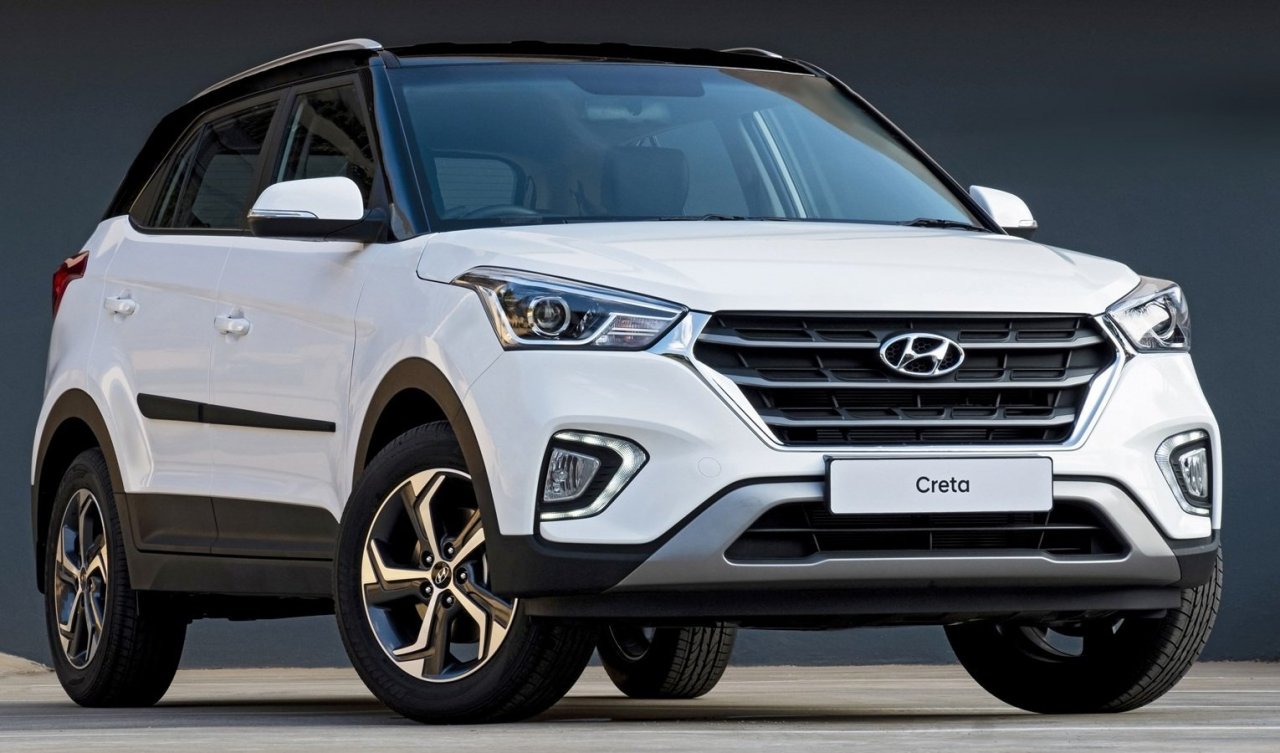

Even an outstanding crossover like the Porsche Macan is still a compromise from the more engaging experience one could have with a sportier, lower-riding Porsche. Generally, a car performs better when you lower the ride height, reduce weight and tighten the suspension crossovers must at least pay lip service to doing the opposite. Manufacturers have put copious engineering toward making crossovers sporty, but those projects are trying to overcome physics, rather than working with it.

Crossovers aren’t as fun to drive as cars Unless entering and exiting cars presents physical difficulties, you don’t need to buy a crossover. Buyers are spending too much for excess size and capability they don’t use. But the fact remains, the crossover is not the ultimate vehicle for navigating modern American life. One might as well rail against time, taxes, or the incoming tide. Raging against crossovers can feel pointless. Likewise, VW killed the Golf Sportwagen - maybe the best all-around value car on the market - to make room for more high-priced Atlas variants. Ford nixed most of its well-regarded car lineup in favor of crossovers like the EcoSport. But the market’s decisive shift to crossovers is killing off affordable, entertaining sedans, coupes and wagons. I’ll admit, some of those new small crossovers - the Kia Seltos and the Mazda CX-30 come to mind - are decent, enjoyable cars. Crossovers usually offer some way to send power to all four wheels, but it's usually an all-wheel-drive system, not a true four-wheel-drive setup with low range. Crossovers stand tall and boast boxy bodies, like SUVs - but those boxy bodies are built on more lightweight unibody skeletons like cars, versus the heavy-but-better-for-off-roading body-on-frame chassis used by traditional SUVs and pickups. Much as the sport-utility vehicle was something of a median point between the car and the truck, a crossover can basically be thought of as the halfway mark between traditional SUVs and cars. They’re filling niches that have nothing to do with spaciousness or capability, which were the traditional arguments in their favor even tiny, pavement-dwelling subcompacts now receive added ride height and extra cladding to justify their existence and boost their sales. That's especially true of crossover forms, which have come to dominate the category far more than the body-on-frame truck-based vehicles that pioneered the class.

SUVs are no longer a craze or a trend in fact, they’ve subsumed the (non-truck portion of the) car market. What is a crossover, and how does it compare to a car or SUV?
Best crossover suv series#
Welcome to Counterpoint, a series in which we challenge commonly held ideas about well-known products.


 0 kommentar(er)
0 kommentar(er)
